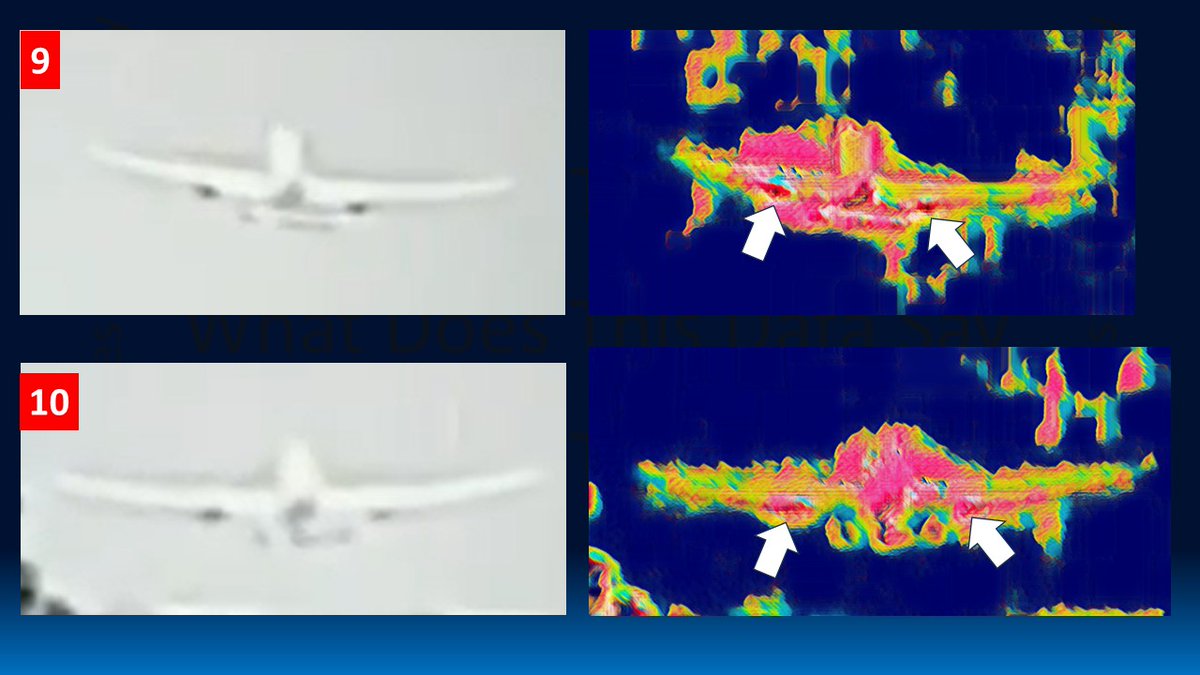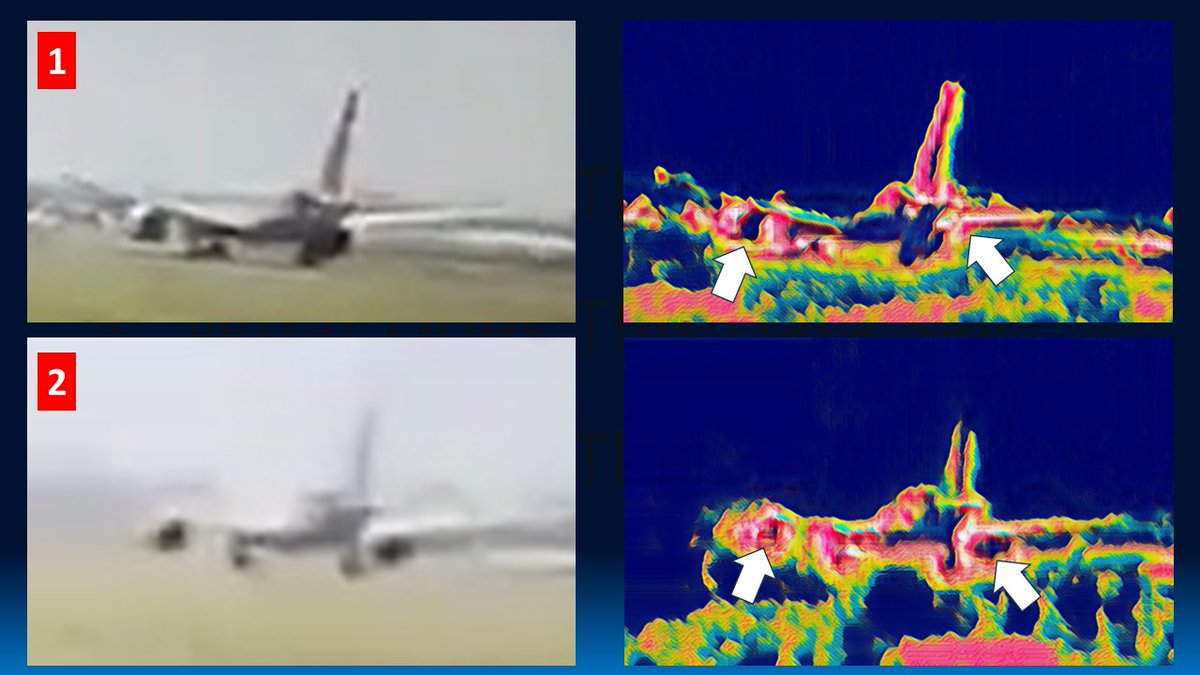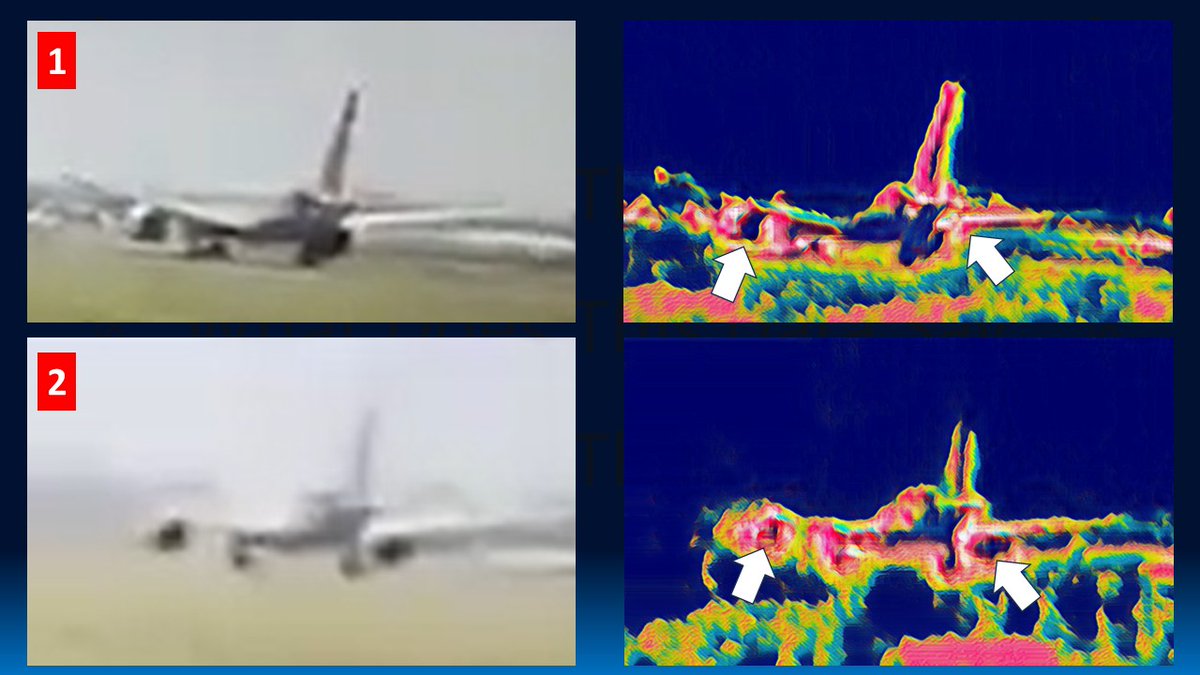In the Thread quoted below I discussed how Emperor Ashoka was lost and then rediscovered after 2000 years.
I had discussed how Ashoka carved his Edicts on rocks and pillars to convey instructions and ideas.
Here I am giving the texts of these Edicts.
https://twitter.com/PankajSethi00/status/1442804066829012997?s=20
I had discussed how Ashoka carved his Edicts on rocks and pillars to convey instructions and ideas.
Here I am giving the texts of these Edicts.
The Rock Edicts were carved out first - about 12-14 years into Ashoka's reign. There are 14 more or less identical Edicts carved on each rock discovered around the country.
However on the two rocks at Dhauli and Jaugada in Odisha, Edicts 11-14 are replaced by two fresh Edicts.
However on the two rocks at Dhauli and Jaugada in Odisha, Edicts 11-14 are replaced by two fresh Edicts.
These two Edicts instruct Ashoka's officers in how to behave with the populace.
One of them also assures people outside the (southern) borders that Ashoka is no longer interested in conquests by force.
These Edicts were probably Ashoka trying to make up for the Kalinga war.
One of them also assures people outside the (southern) borders that Ashoka is no longer interested in conquests by force.
These Edicts were probably Ashoka trying to make up for the Kalinga war.
The Edicts cover a bewildering array of topics - from directions on righteous behaviour, advice to be kind to animals, professions of tolerance for all religions and admonitions to Buddhist monks to be united.
Together these Edicts draw a picture of the Emperor.
Together these Edicts draw a picture of the Emperor.
Here is an English translation of the text of the Edicts by Ven S Dhammika
(Source: bps.lk/olib/wh/wh386_…)
(Source: bps.lk/olib/wh/wh386_…)
These are the two "Separate Rock Edicts" found in Dhauli and Jaugada, Kalinga (Odisha).
Kalinga Rock Edict 1
Kalinga Rock Edict 1

There were also some "Minor Rock Edicts" discovered, issued early in Ashoka's reign.
Nevertheless they throw light on events in his life, and on his thoughts.
Minor Rock Edict 1
Nevertheless they throw light on events in his life, and on his thoughts.
Minor Rock Edict 1

And here is the text of the seven Pillar Edicts and two Minor Pillar Edicts.
The Pillar Edicts were issued much later in Ashoka's reign.
Pillar Edict 1
The Pillar Edicts were issued much later in Ashoka's reign.
Pillar Edict 1

A reading of these Edicts paint a fascinating picture of this king, his transformation from a lay to a devout Buddhist, his tolerance, the administrative structure of his Empire, and even the politics that he had to indulge in.
If you are interested in how history rediscovered Ashoka after 2000 years, and how the Brahmi script in which these Edicts were written was deciphered, see this Thread:
Thanks for reading. Would love to have your feedback.
https://twitter.com/PankajSethi00/status/1442804066829012997?s=19
Thanks for reading. Would love to have your feedback.
@threadreaderapp unroll
• • •
Missing some Tweet in this thread? You can try to
force a refresh



































